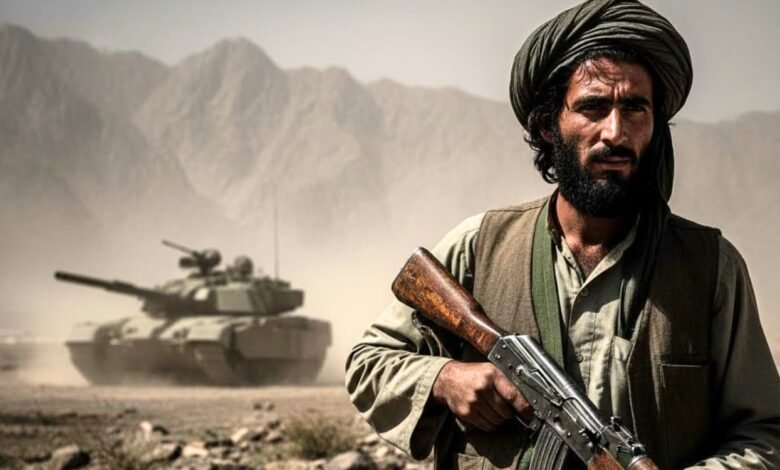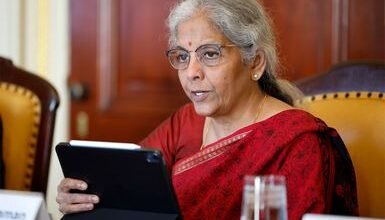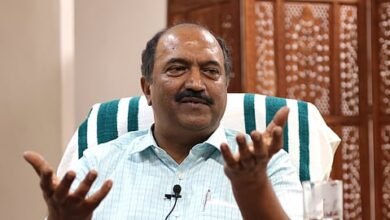
This month’s fierce border clashes between Pakistan and Afghanistan, the deadliest since the Taliban’s 2021 takeover, have culminated in a fragile 48-hour ceasefire. The conflict has thrown a harsh spotlight on a critical question: Why is Pakistan’s large, technologically superior military struggling to contain the smaller, less-equipped, but highly motivated forces of the Taliban?
While on paper Pakistan holds a staggering advantage, the reality on the ground is a complex picture of a hollowed-out conventional force facing battle-hardened guerrilla fighters. This explainer breaks down how the two sides compare.
The Paper Giant vs. The Battle-Hardened Guerrillas
Pakistan’s military has long been considered the nation’s most powerful institution. However, analysts suggest it is increasingly overstretched, grappling with internal issues like corruption, low morale, and an overreliance on Chinese hardware that is reportedly plagued by technical problems. Decades of focusing on internal politics and proxy conflicts have left its conventional forces showing signs of fatigue.
In stark contrast, the Taliban’s forces possess a crucial, intangible advantage: motivation. Their fighters are seasoned veterans of decades of guerrilla warfare. Despite having no formal air force and limited access to modern weaponry, their battlefield experience and effective use of captured equipment have allowed them to repeatedly challenge and embarrass Pakistan’s far larger army.
Manpower: Numbers vs. Experience
- Pakistan: Fields a massive active force of approximately 660,000 personnel (560,000 Army, 70,000 Air Force, 30,000 Navy). However, reports indicate recruitment is slowing and desertion rates are rising amid the country’s severe economic crisis, which has weakened national morale.
- Taliban: Commands around 172,000 active fighters, with plans to expand to 200,000. While they lack formal institutional training, their ranks are filled with experienced combatants who are adept at using a wide array of captured foreign weapons left behind after the U.S. withdrawal.
Hardware: Quantity vs. Readiness
- Pakistan: Possesses a vast arsenal of over 6,000 armored vehicles and approximately 4,600 artillery pieces. A significant portion of this inventory is aging, and there are persistent reports of poor maintenance, technical failures with Chinese-supplied equipment, and ammunition shortages, raising serious questions about operational readiness.
- Taliban: Controls a smaller, more eclectic mix of armored vehicles, including old Soviet-era tanks and personnel carriers. Their strength lies not in numbers but in their effective deployment of mobile units and their skill in repurposing captured weaponry for maximum impact in border skirmishes.
Air Power: Dominance vs. Irrelevance
- Pakistan: Boasts a powerful fleet of around 465 combat aircraft and over 260 helicopters. Despite this aerial dominance, the air force has struggled to effectively neutralize Taliban fighters in the mountainous border terrain, where guerrilla tactics and knowledge of the landscape have proven to be a great equalizer.
- Taliban: Has virtually no functioning air force, with only a handful of dilapidated Soviet aircraft and about 23 helicopters in questionable condition. However, their lack of air power has not hindered their ability to inflict significant casualties on Pakistani forces through well-coordinated ground assaults and the use of captured drones.
The Nuclear Question: The Ultimate Asymmetry
Pakistan’s ultimate strategic advantage is its nuclear arsenal of around 170 warheads. While this serves as a powerful deterrent against state-level adversaries like India, it is strategically irrelevant in the context of low-intensity border conflicts and counter-insurgency operations. The Taliban, which possesses no nuclear weapons, operates below the threshold where such a deterrent would ever come into play, highlighting the limitations of Pakistan’s most powerful weapon in the current confrontation.







